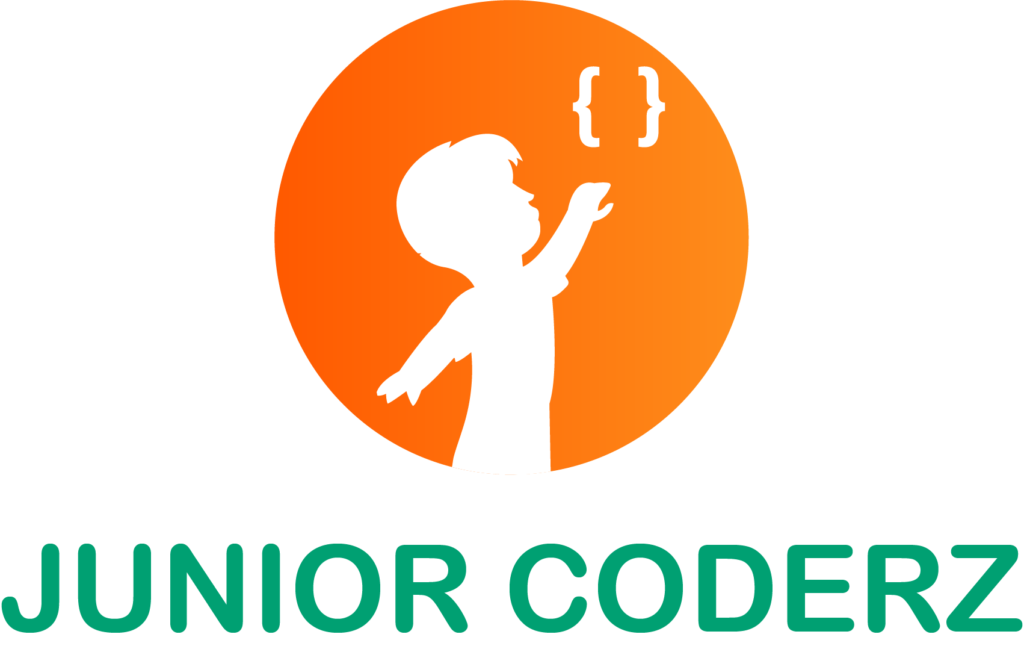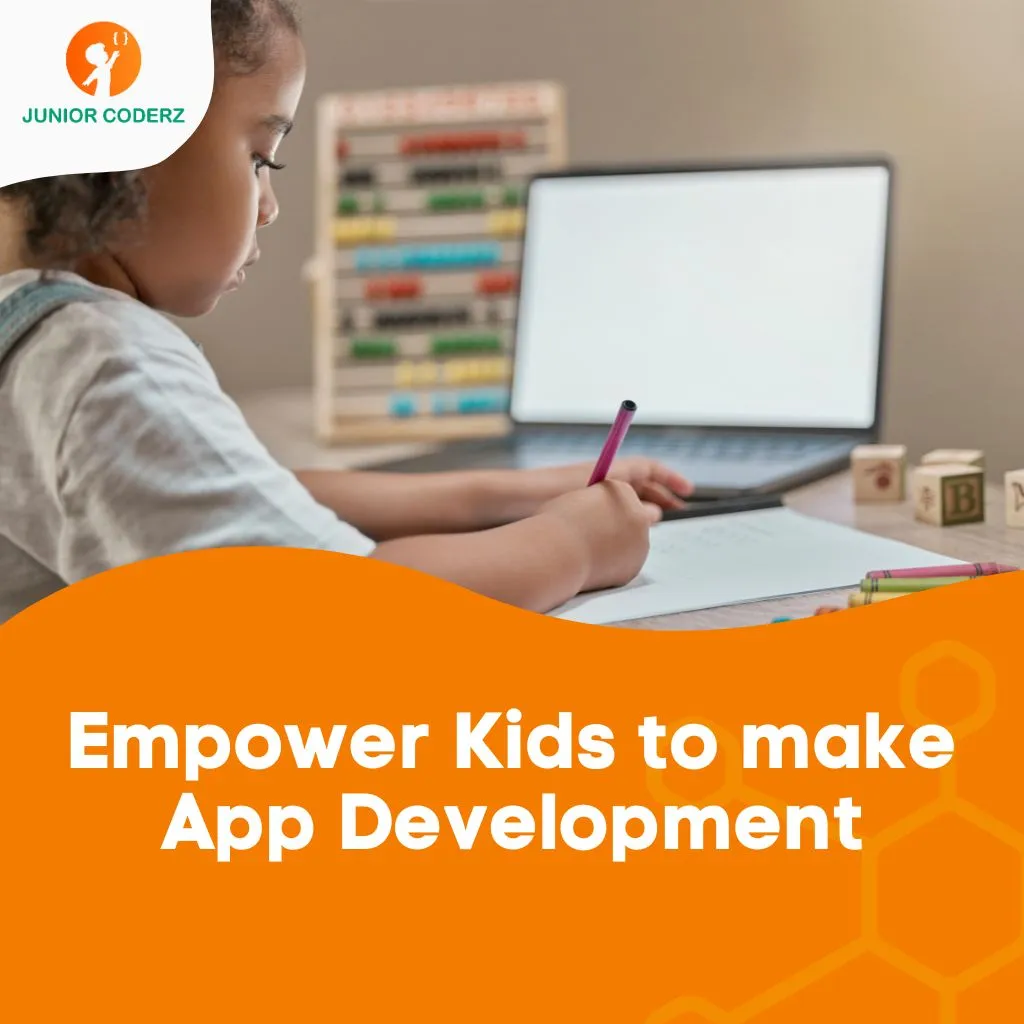In today’s digital age, children aren’t just passive users of technology—they’re becoming creators. With the right guidance, even young minds can learn how to turn their imaginative ideas into real mobile applications. Learning mobile app development for kids is no longer a futuristic concept; it’s happening right now in homes, classrooms, and coding clubs around the world.
But how do kids go from playing games to designing their own? What toolsl make it possible? And how can parents or educators support this exciting journey? This blog unpacks everything you need to know about introducing your child to mobile app development. Whether you’re a curious parent, a forward-thinking educator, or a budding young coder, you’re about to discover a world of creativity, learning, and innovation. Read on to unlock the secrets of successful kid app creators.
Why Teach Kids App Development?
Teaching kids how to build apps nurtures a wide range of essential life skills that go far beyond just technical knowledge. It strengthens problem-solving abilities, sharpens logical thinking, enhances creativity, and builds resilience. After learning mobile app development, they not only learn to use technology but also understand how it works and how they can shape it to serve real-world purposes. These foundational skills benefit them in nearly every academic subject and future career path.
Additionally, app development introduces kids to the principles of design thinking and systems thinking. They learn how to break down complex problems, plan user flows, create wireframes, and test solutions iteratively. Collaborative learning—whether with peers or mentors—teaches teamwork and communication. Above all, building apps gives kids a sense of ownership and accomplishment. They begin to see themselves as digital creators and innovators, which boosts their confidence and fuels intrinsic motivation to learn more.
When Should Kids Start Learning App Development?
Kids can start exploring the basics of coding and design as early as age 7. At this stage, they are naturally curious and imaginative—traits that align perfectly with creative programming. While advanced programming languages like Python or JavaScript may be introduced later, visual platforms like Scratch, Blockly, and Tynker allow young learners to understand key programming concepts. These include variables, conditionals, loops, and events—all of which are foundational for mobile app creation.
As they grow older and more confident, kids can graduate to more complex platforms like MIT App Inventor or Thunkable, which offer a blend of visual and textual programming. The journey can start playfully and grow into a powerful learning pathway that opens doors to future innovation and entrepreneurship.
Best App Maker for Kids
Not all tools are created equal when it comes to teaching kids. Here are some beginner-friendly app makers for kids:
- Thunkable: Drag-and-drop app builder perfect for older kids.
- MIT App Inventor: Great for beginners with a visual interface.
- Kodular: Offers customization for more advanced learners.
- Tynker & Scratch: Though not strictly mobile-focused, they lay foundational programming skills.
These platforms make it possible for children to build functioning apps without deep knowledge of syntax-based programming. They use visual programming interfaces that let kids focus on creativity and logic.
How to Code to Make an App: Beginner Steps

Here’s a simple framework to help kids get started:
Step 1: Brainstorm the Idea
Encourage your child to think creatively about what problem they want to solve or what kind of experience they want to create. It could be a simple calculator, a to-do list, a story app, or a fun quiz game. Help them write down their thoughts and decide the main goal of their app. This stage fosters imagination and purpose.
Step 2: Sketch a Layout on Paper
Before jumping into any digital tool, kids should draw a basic blueprint of the app interface on paper. This should include the home screen, navigation buttons, and user actions. By visualizing the flow, they learn about user experience (UX) design and how to simplify interaction for the user.
Step 3: Choose an App Maker for Kids
Platforms like MIT App Inventor, Thunkable, and Kodular are designed for beginners. They use drag-and-drop interfaces so kids can build logic without writing complex code. These tools let them place buttons, text, images, and define app behavior using visual blocks that snap together like puzzle pieces.
Step 4: Use Visual Blocks to Code Interactions
This is where the app comes to life. Kids can define what happens when a button is clicked, how data is handled, and how the app moves from one screen to another. For example, they might set up an event so that clicking a “Submit” button displays a score or saves user input.
Step 5: Test, Refine, and Debug
Testing helps kids spot mistakes or usability issues. They should try out the app on a mobile device, check for bugs, and see if it behaves as expected. Encourage them to think like users: is the app fun or easy to use? Debugging teaches persistence and problem-solving.
Step 6: Share or Publish the App
Once the app works smoothly, kids can share it with friends, family, or even upload it to platforms like Google Play (with parental help). This step builds a sense of accomplishment and pride, reinforcing the value of their hard work.
Remember to encourage your child throughout the process. Mistakes and challenges are natural—and they provide the best learning moments. With every tap and tweak, your child is developing critical thinking, digital fluency, and creativity.
Benefits Beyond the Screen
App development helps children grow in multiple dimensions, impacting both academic and personal areas of their lives. Here’s a deeper look at the key benefits:
1. Cognitive Skills:
Building an app requires logical thinking, planning, sequencing, and decision-making. Kids must break down a big idea into smaller steps and think critically about each function of their app. This process enhances memory, focus, and analytical skills. Over time, kids develop a more structured approach to solving problems.
2. Creativity:
Every app starts as an idea. Kids must visualize how their app will look, feel, and behave. Choosing colors, designing interfaces, and thinking about user experiences spark creativity. Unlike traditional, learning mobile app development for kids turns their wildest ideas into something tangible and interactive, encouraging innovation and design thinking.
3. Confidence:
Completing an app project gives children a strong sense of accomplishment. Whether it’s a simple quiz app or a storybook app, the feeling of “I built this!” is empowering. Each coding challenge they overcome boosts their self-esteem and motivates them to take on more ambitious projects in the future.
4. Communication:
Effective apps require clear user interfaces and intuitive navigation. As kids design their apps, they learn how to convey information in a simple and engaging way. They also practice storytelling—structuring ideas, anticipating user needs, and expressing their purpose clearly, all of which are critical communication skills.
These skills often translate into improved academic performance, better teamwork, and greater self-expression. Learning mobile app development for kids not only prepares them for tech futures—it enriches their present lives by making them more capable, curious, and confident learners.
Challenges and How to Overcome Them
While learning mobile app development offers numerous benefits, it’s not without its challenges—especially for beginners. Understanding these obstacles and how to address them is key to sustaining your child’s motivation and success.
Lack of Access to Tools:
Not every family or school has access to advanced technology or paid software. This can be a barrier for many children who want to get started. The solution is to leverage free, web-based platforms like MIT App Inventor or Thunkable, which only require a basic internet connection and a browser. These tools provide all the functionality needed to build real apps without the need for expensive subscriptions.
Limited Adult Support:
Parents or teachers may not have a tech background, making it difficult to guide children through technical concepts. To overcome this, consider enrolling your child in guided online communities or platforms like JuniorCoderz, where mentors and peer support are readily available. Additionally, many of these platforms include step-by-step tutorials and video lessons to simplify the learning process for everyone involved.
Frustration from Technical Bugs:
Even seasoned developers face bugs, and for kids, these setbacks can feel discouraging. Teach children that encountering errors is part of the learning journey. Help them take a break, revisit their logic, and use community forums or built-in troubleshooting guides for assistance. Celebrate their persistence and encourage a growth mindset—learning to solve problems independently is one of the most valuable skills coding teaches.
Maintaining Motivation:
App development is a long process, and kids might lose interest if results aren’t immediate. Break the project into smaller milestones and celebrate each one. Whether it’s getting a button to work or finishing a new screen, acknowledging progress keeps energy high. Incorporate fun elements and challenges that relate to their interests to keep learning engaging.
Solutions:
Use Free Platforms (like App Inventor):
Many beginner-friendly tools are completely free and browser-based, which eliminates the barrier of cost or complex setup. MIT App Inventor, for instance, is ideal for kids and runs entirely in the cloud—no installation needed. It provides an easy drag-and-drop interface that teaches real coding logic without writing lines of code. Using these platforms ensures inclusivity and accessibility for all learners.
Join Kids’ Coding Communities Like JuniorCoderz:
Learning in isolation can be demotivating, especially for children. Online communities like JuniorCoderz offer structured courses, peer support, and mentoring. Kids feel more encouraged when they know others their age are building apps too. These communities often host coding challenges, collaborative projects, and recognition programs that make the journey social, fun, and rewarding.
Celebrate Small Wins to Maintain Motivation:
Children thrive on encouragement. Instead of waiting until an entire app is complete, parents and mentors should recognize smaller achievements along the way—such as getting a button to function or successfully debugging a feature. Create a progress chart, give verbal praise, or share their app with friends and family. These small celebrations build confidence and reinforce the idea that growth is more important than perfection.
By addressing these common hurdles proactively, you help create a supportive, empowering environment where children feel confident, curious, and eager to keep learning.
Join the JuniorCoderz Journey
At JuniorCoderz.com, we specialize in making coding fun and accessible for children. Our guided app development courses are designed specifically for young learners. Whether your child is a beginner or looking to level up, our programs provide mentorship, real-world projects, and a community of young innovators.
Encourage your child’s creativity and technical curiosity. Join the thousands of families already exploring the power of digital creation. Visit juniorcoderz.com to learn more and enroll.
Conclusion
Empowering kids through technology opens doors to limitless creativity and opportunity. Learning mobile app development is not just a tech skill—it’s a life skill. Let’s build the future, one app at a time.
Are you ready to introduce your child to the exciting world of app development? Explore our beginner-friendly resources and start building your child’s future today!
FAQs
Q. What is the best app development platform for kids?
MIT App Inventor and Thunkable are top-rated for beginners due to their drag-and-drop interfaces.
Q. Can a child really create a real app?
Yes! With the right tools and guidance, children can design, build, and even publish simple apps.
Q. How long does it take for a child to learn app development?
Basic apps can be built in a few weeks with consistent effort and mentorship.
Q. Does app development require advanced math?
Not at all. Visual coding platforms focus more on logic and creativity than math.
Q. How do I support my child’s app development journey?
Encourage practice, explore platforms like JuniorCoderz, and celebrate every step—even the bugs!

